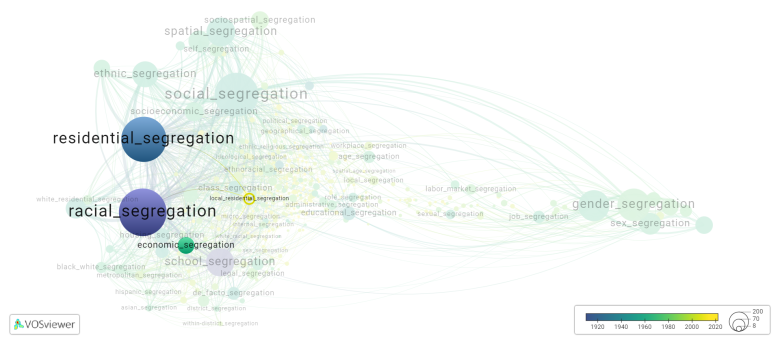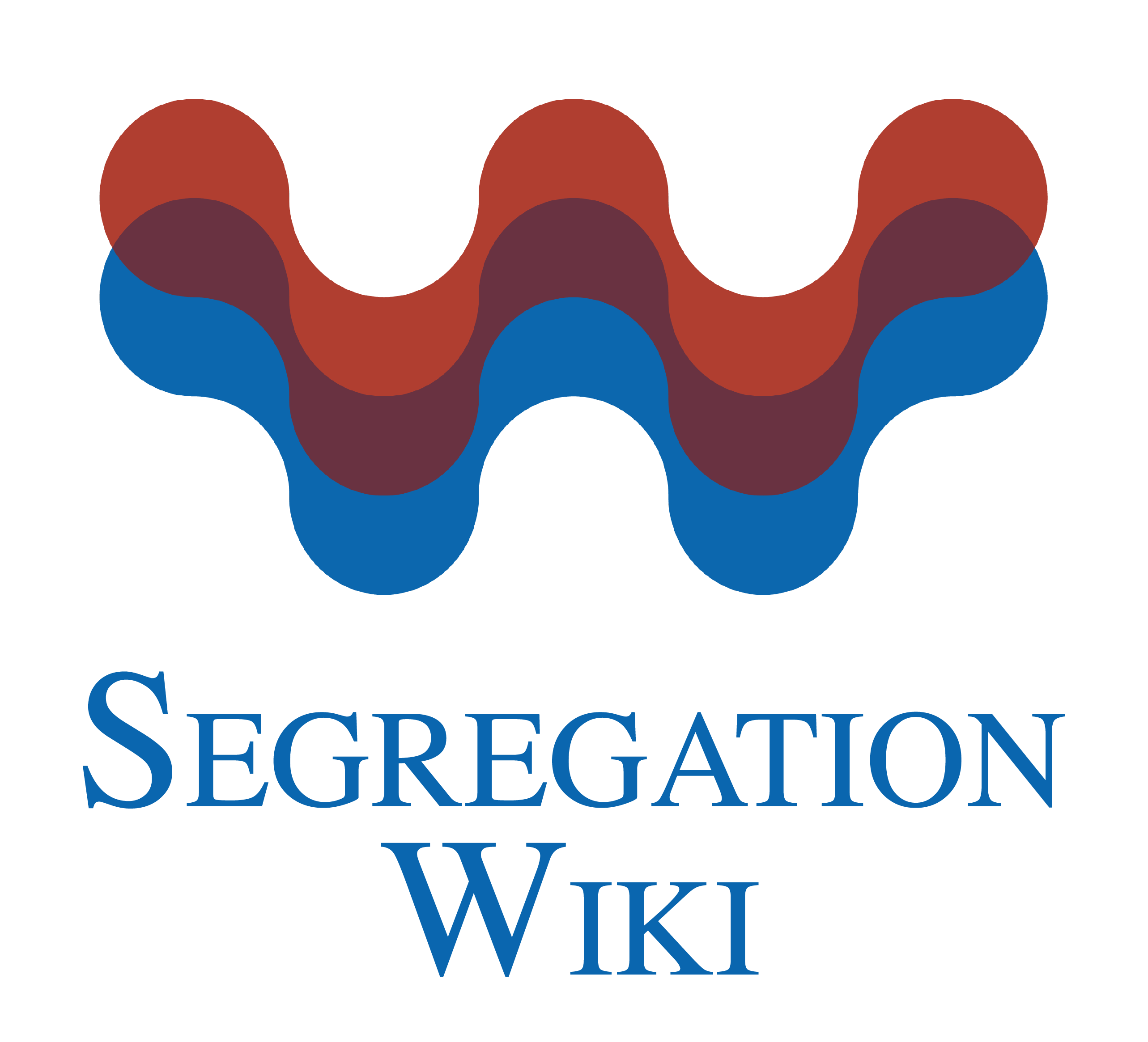Local residential segregation
Date and country of first publication[1]
2017
United States
Definition
Local residential segregation refers to the separation of different racial or ethnic groups into different neighborhoods within a specific geographical area, such as a city or town. This segregation can occur as a result of various factors, including historical racial and socioeconomic inequalities, discriminatory housing practices, and personal preferences.
Local residential segregation often results in unequal access to resources and opportunities for different racial or ethnic groups. It can contribute to disparities in educational attainment, healthcare access, employment opportunities, and overall quality of life. Segregated neighborhoods may also reinforce stereotypes, perpetuate discrimination, and hinder social cohesion.
Efforts have been made to address local residential segregation through policies such as fair housing laws, affirmative action, and community development initiatives. However, achieving true integration and breaking down barriers of segregation remains a complex and ongoing challenge.
See also
Related segregation forms
Local residential segregation is frequently discussed in the literature with the following segregation forms:
residential segregation, racial segregation, economic segregation, social segregation, ethnic segregation, partisan segregation, local segregation, school segregation

This visualization is based on the study The Multidisciplinary Landscape of Segregation Research.
For the complete network of interrelated segregation forms, please refer to:
References
Notes
- ↑ Date and country of first publication as informed by the Scopus database (December 2023).
Local residential segregation appears in the following literature
Krieger N., Feldman J.M., Waterman P.D., Chen J.T., Coull B.A., Hemenway D. (2017). Local Residential Segregation Matters: Stronger Association of Census Tract Compared to Conventional City Level Measures with Fatal and Non Fatal Assaults (Total and Firearm Related), Using the Index of Concentration at the Extremes (ICE) for Racial, Economic, and Racialized Economic Segregation, Massachusetts (US), 1995 2010. Journal of Urban Health, 94(2), 244-258. Springer Science and Business Media Deutschland GmbH.https://doi.org/10.1007/s11524-016-0116-z
Tao S., He S.Y., Luo S. (202). The influence of job accessibility on local residential segregation of ethnic minorities: A study of Hong Kong. Population, Space and Place, 26(8), -. John Wiley and Sons Ltd.https://doi.org/10.1002/psp.2353
Brown J.R., Enos R.D. (2021). The measurement of partisan sorting for 180 million voters. Nature Human Behaviour, 5(8), 998-1008. Nature Research.https://doi.org/10.1038/s41562-021-01066-z
Brandén M., Bygren M. (2022). The opportunity structure of segregation: School choice and school segregation in Sweden. Acta Sociologica (United Kingdom), 65(4), 420-438. SAGE Publications Ltd.https://doi.org/10.1177/00016993211068318
